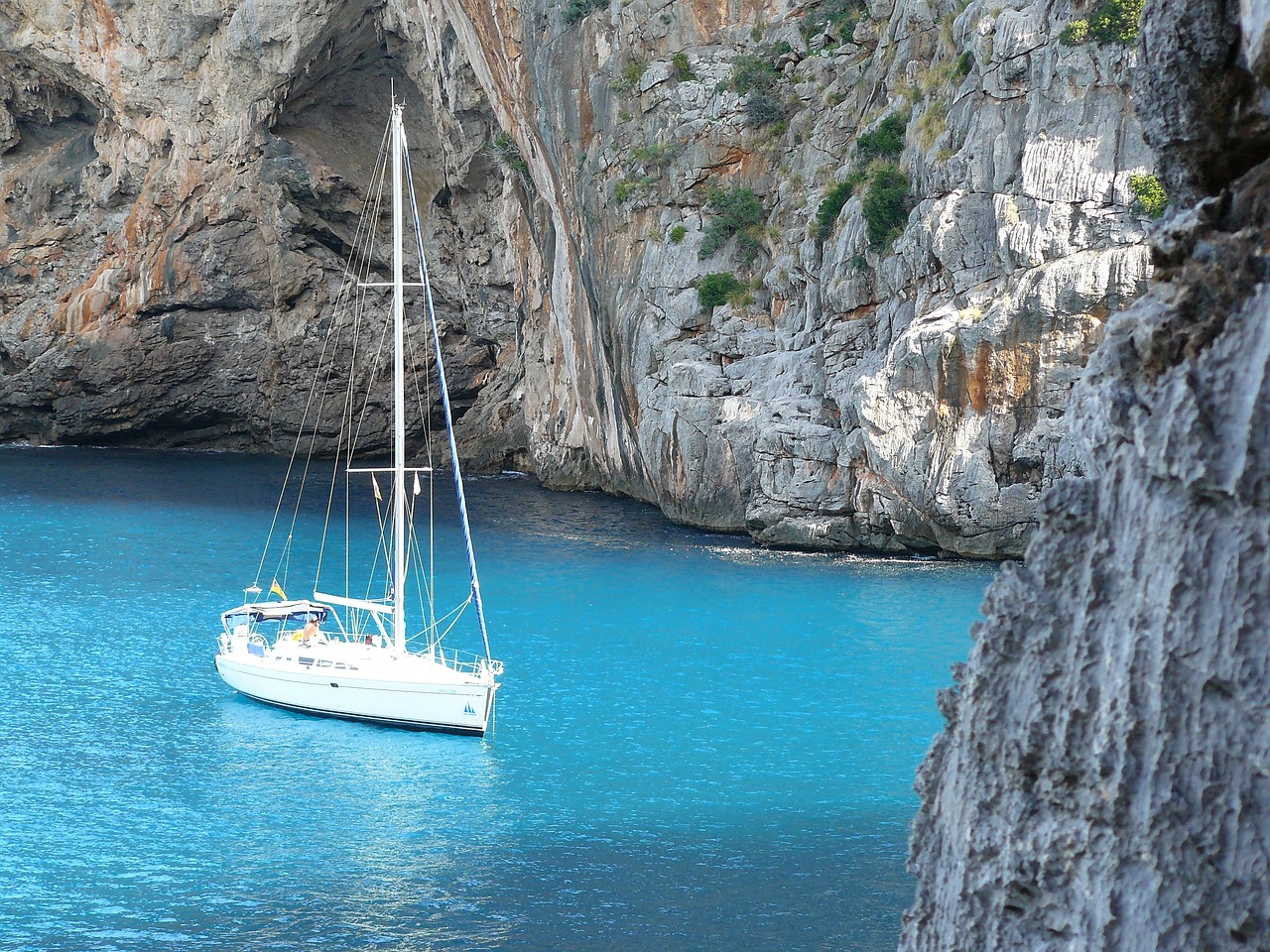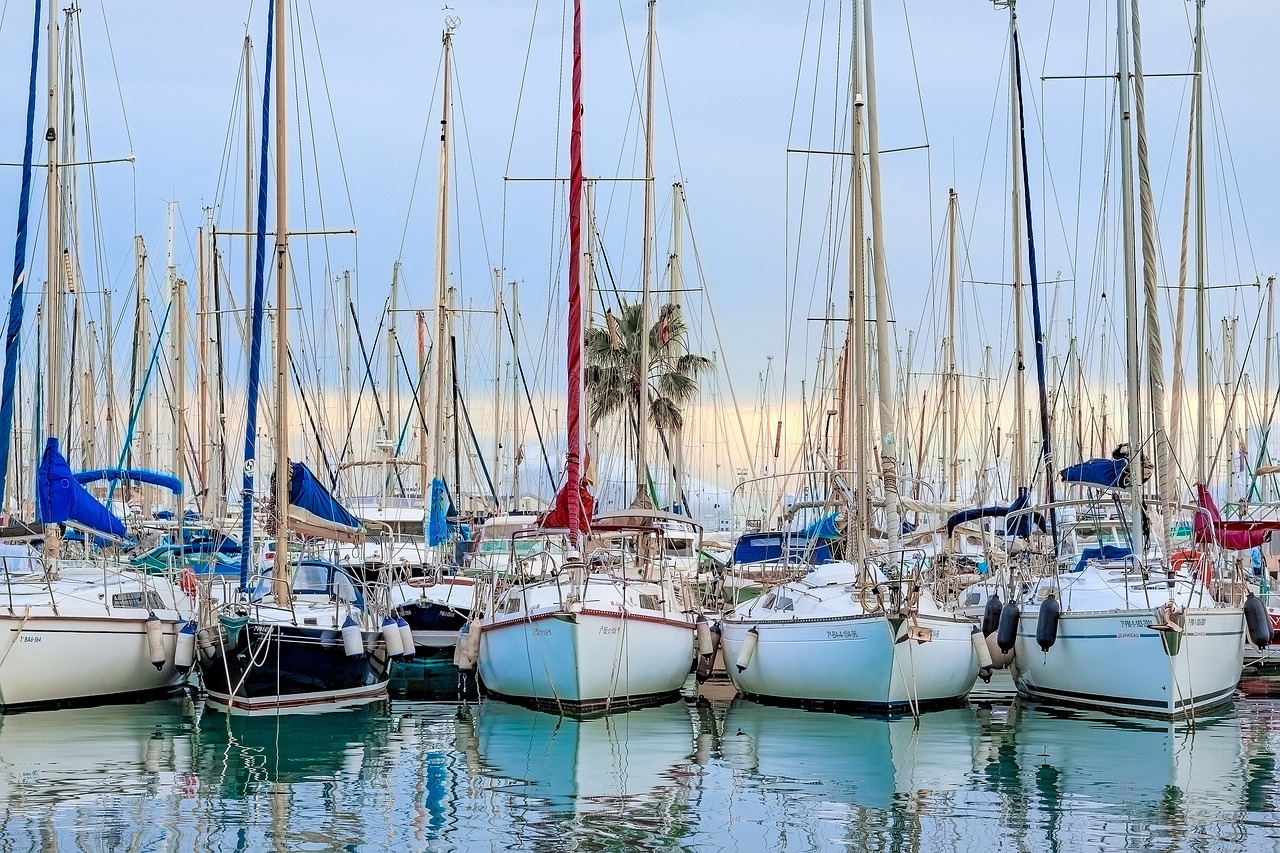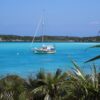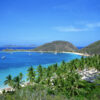Mallorca
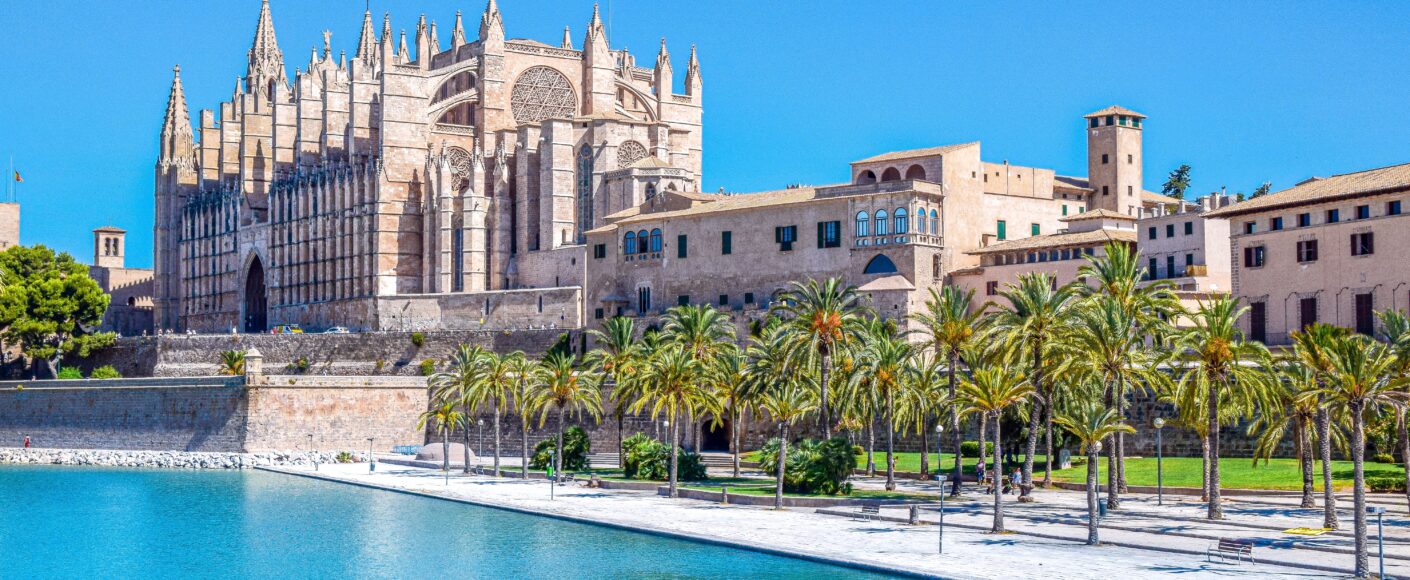
More than 10 million tourists visit Mallorca annually. Most of them are looking for sun and a good time at Badia de Palma, a large bay whose fine sand is dotted with palm trees and umbrellas. But sail away from the resorts and you’ll discover a quieter side to the biggest and boldest island in the Balearic Islands. There are fragrant groves of almonds and carobs, honey-colored villages, Roman ruins, silky beaches and wickedly dizzying cliffs.
If you want to get to know Mallorca from its calmer side, it is best to explore the island on a sailboat. Away from mass tourism, sailing around Mallorca allows you to discover the region off the beaten track and explore the island’s hidden gems. Sail with a local skipper, let him show you the locals’ favorite spots and taste the country’s specialties!
General about Mallorca
The island of Mallorca (Majorca) is approximately 170 km from the Spanish mainland, and with an area of 3,640 square kilometers, it is the largest of the Balearic Islands. The capital of Mallorca is Palma, which is located on the west coast of the island and includes Magaluf in the west and Arenal in the east. Palma is a popular tourist destination and the supply center of the Balearic Islands.
Nautical infrastructure in Mallorca
Mallorca has an excellent maritime infrastructure and has many convenient anchorages. There are a total of 42 ports and 83 anchorages. Mallorca is an ideal sailing area for beginners and less experienced charter crews. Apart from maneuvering in overcrowded and closed ports, there are no special navigational challenges. There are not many shallows and the currents are weak. If sailing in Mallorca isn’t enough of a challenge for you, you can explore the other Balearic Islands and the coast along the Spanish mainland for a bluewater sailing area.
Real Club Náutico de Palma hosts the largest marina on the island. It has room for about 1,000 ships, with a maximum length of 35 m (115 ft). Boutique hotels and quayside restaurants dot the harbor area, and sights such as the cathedral are a few minutes’ walk away. On the south and west coasts, you can anchor in the clear waters off Es Trenc, the wide, palm-lined Cala de Santa Ponça and the elegant, lush Cala Mondragó. In the north, try Bahia de Sóller, a lagoon-like bay, from where you can hike to the lighthouse and enjoy some of the best sunsets on the island.
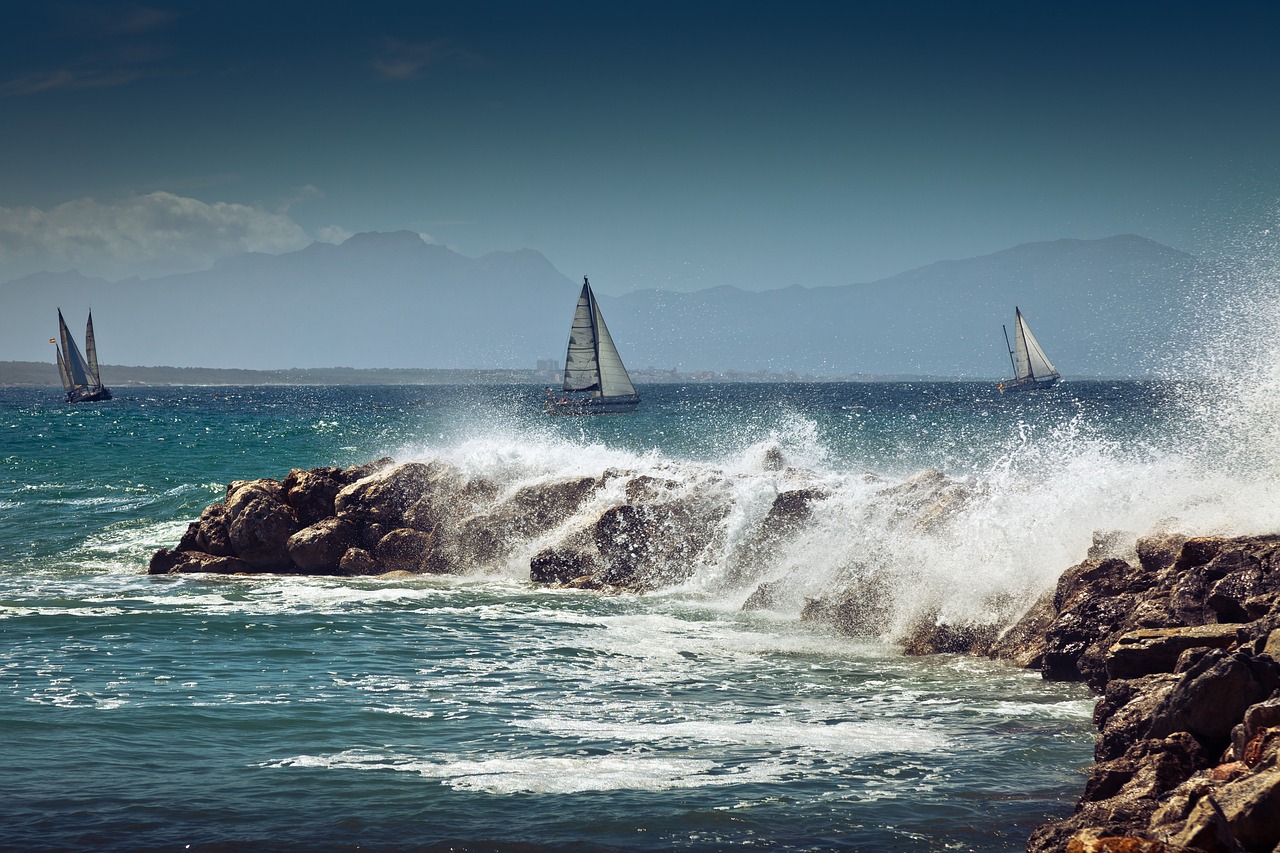
Climate and cruising conditions in Mallorca
Mild temperatures, steady winds and mostly calm seas make Mallorca a good sailing destination. The sailing season in Mallorca lasts all year round due to the Mediterranean climate. Temperatures in spring and autumn are pleasant and range from 15 – 25°C. Summer starts in April and lasts until the end of October. In August, the water is 25°C, and the average daily temperature is 30°C. Winters are short, mild and rainy with an average temperature of 12°C. Mallorca has 303 sunny days a year. Storms sometimes hit in the winter, when winds can be strong and waves are bigger. Bad weather usually passes quickly.
Sailing locations in Mallorca
Mallorca is the largest of the Balearic Islands and an extremely valuable area for sailing. Before setting sail from Palma, explore the capital’s enchanting medieval architecture and see La Seu Cathedral. There will also be plenty of opportunities to sample local cuisine and get into the holiday spirit. The first stop, Port d’Andratx, is a glamorous Mallorcan town popular with movie stars and celebrities whose villas are nestled among the hills.
The beaches and coves of the coast of Mallorca are lined up one after another. On the edge of the capital Palma, S’Arenal is popular with locals – and beyond is a water park. Head north towards Sa Calobra, a village where the mountains meet the sea, with a beach set in an abyss best reached by boat. Near the southern tip of Mallorca, Es Trenc is a postcard come to life, with clear water, golden sand and tufted dunes.
The coast of Mallorca is 550 km long and surprisingly diverse. On the northwest coast, a large mountain range – the Serra de Tramuntana stretches along the steep coast. At its highest peak, Puig Major, it reaches 1445 m. The 90 km long coastline between Capa Formentor and Dragonera in the north is incredibly beautiful coastline. The northeast coast has wide, open bays with long sandy beaches. There you will find Pollensa Bay, known as one of the best sailing spots in Europe. The east coast is crossed by the Serres de Levante cave, a central mountain range with heights of up to 500 m, in which the highest mountain is Puig Morei. On the southern coast there are numerous bays with picturesque beaches, safe anchorages and well-equipped marinas. In the bay of Palma, the 6 km long Playa de Palma Can Pastilla beach leads to Arenal.
Diving in Mallorca
Mallorca is a diverse island that offers numerous activities on land as well as an impressively beautiful underwater world. Mallorca has a large number of nature reserves where fascinating underwater flora and fauna could develop. At the best diving spots in Mallorca, you can encounter large schools of fish, spot endangered species and enjoy perfect diving conditions. A lot of diving centers are located in the south-west and east of the island due to the ideal conditions for diving and many diving sites nearby.
Nightlife in Mallorca
The island of Mallorca has many great locations to enjoy a night out. Diverse and extremely popular, the capital of Mallorca, Palma, has districts known for their nightlife. Restaurants, bars and enjoying live music are part of the city’s lively social scene. As you may know, Spanish nightlife is very different from that of other countries around Europe.

